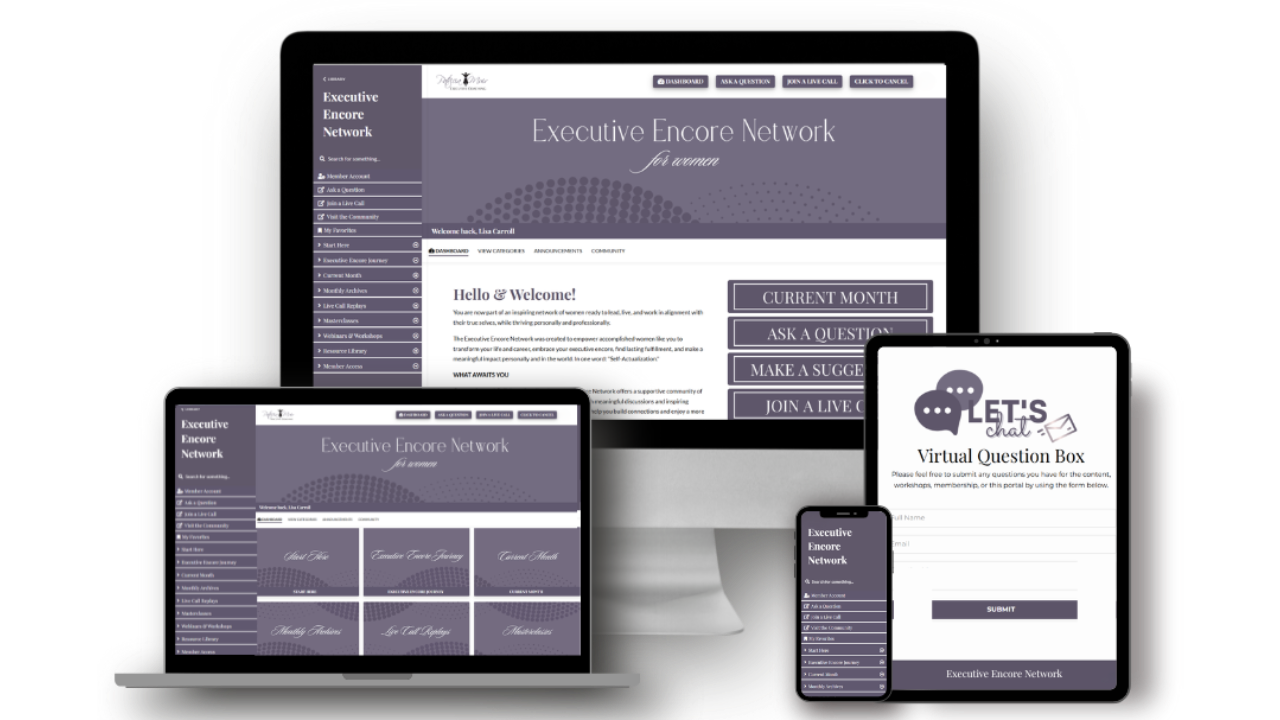
Myths and Assumptions about Emotions
Nov 29, 2017My clients and their employees know me for busting workplace myths. One of my favourite myths is the notion that “common sense” is all we need to keep us productive and safe. More about the pitfalls of “common sense” in the workplace another time. In this blog, I focus on the myths and assumptions about “emotions” in the workplace.
When leaders communicate, they often focus on message clarity and overlook its important emotional component. In my previous blog on Emotional Expressiveness for Leaders, I wrote about the high intellectual understanding of emotions, but the low effective expression of emotions. What stops us from utilizing this critical communication and leadership skill?
Barriers to Expressing Emotions
So many of us cling to myths and assumptions about expressing emotions. Where do these myths and assumptions come from? Most likely from our experience in a workplace environment that rejected any emotion other than fear. Thankfully, workplace environments are evolving. The old “command and control” is waning and we are seeing workplace models that inspire and ignite engagement and peak performance.
“Emotional leadership is the spark that ignites a company’s performance, creating a bonfire of success or a landscape of ashes.” ~ Daniel Goleman, Harvard Business Review, December 2001
To generate excitement, leaders need to master their emotional expressiveness. Most leaders continue to demonstrate resistance. How? Why?
Many leaders still cling to long-standing assumptions about showing emotions:
- It’s unbecoming
- It undermines authority
- It reveals a lack of control
- It conveys irrationality
- It indicates weakness and vulnerability
- It isn’t masculine (and is, therefore, too feminine)

What I’ve been most curious about in my work life is how and why expressing negative emotions of aggression and instilling fear have become acceptable. I have never seen anything so unbecoming, so irrational, and such an exhibition of weak character, as a corporate CEO, glowing red with rage, belittling and bullying his executive team and managers, shouting that they are worthless and unemployable anywhere else. Experienced first-hand in 1991! Exited that environment really fast.
In today’s workplace, both men and women leaders grapple with assumptions about being emotionally expressive. Men in leadership positions don’t want to come across as dictatorial, angry, moody, or over-sensitive. Women in leadership positions avoid showing emotions because they believe it plays into stereotypes about women being high-strung and over-emotional.
Does Your Head Overrule Your Heart?
In business, leaders are highly respected for sharp minds to the extent that we frequently ignore and squelch our emotional voices. But even the most analytical personalities experience emotions.
Peter Bregman addresses this issue in “Don’t Let Your Head Attack Your Heart,” a July 2014 Harvard Business Review blog post:
“We are trained and rewarded, in schools and in organizations, to lead with a fast, witty and critical mind. And it serves us well. The mind can be logical, clear, incisive and powerful. It perceives, positions, politics and protects. One of its many talents is to defend us from emotional vulnerability, which it does, at times, with jokes and quick repartee.
The heart, on the other hand, has no comebacks, no quips. Gentle, slow and unprotected, an open heart is easily attacked, especially by a frightened mind. And feelings scare the mind.”
No wonder leaders become entrenched in a comfort zone of data, facts, and ideas. But safe isn’t always smart. Truly inspirational leaders express their full range of emotions and are quick to pick up on others’. However, many continue to avoid expressing their feelings, fearing they’ll appear weak or out of control.
Practising empathic listening while observing and encouraging others’ emotional expressiveness will take you out of your comfort zone and align your mind and heart. To understand the power of empathy in leadership, refer to an earlier post Empathy in Everyday Conversations.
When I work with executives and executive teams, I coach many who are still clinging to the idea that emotional expressiveness is seen as weak and ineffective. Women leaders, in particular, struggle with this myth, as do business owners and executives who are members of minorities. They fear of being judged harshly and unjustly.
What do you think about this in your organization? What are you doing to debunk myths and stereotypes in your business? Your comments are welcome. You can also contact me at [email protected], on LinkedIn, or on Maestro’s Facebook page.
Coming up in my next blog post: Bad news for buttoned-up leaders. Failure to show emotions makes leaders far less effective. Failure to recognize feelings impairs decision-making.
Photos © DXfoto.com - PhotoXpress
Next Steps
You don’t need to navigate your Executive Encore alone. Discover a better way to take charge of your experience.
- Schedule a 30-Minute Complimentary Executive Encore Call.
Ready to elevate your encore chapter?
- Join the Executive Encore Network for Women, a membership and community of supportive women ready to inspire and uplift. Subscribe to the Sunday Encore to begin your Executive Encore Journey and register for the next Tour to learn more.


